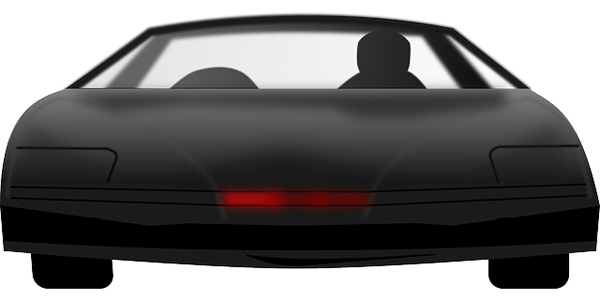It has been stated often in Ardent Partners research and webinars that “it is an exciting time to work in procurement.” And this is no less true today than it was last year or the year before. Whether it is because of the fast pace of business, the increasing scope of procurement’s responsibilities, or because the quest to spend smarter and save more never truly ends, Chief Procurement Officers (CPOs) and their teams are always on point to drive enterprise performance and deliver more value.
Another reason why it is exciting to work in procurement today – and will be in the future – is the unprecedented innovation available in the business technology market today; and it grows daily. Innovative technologies, like connected devices, machine learning algorithms, and artificial intelligence (so-called “cognitive” technologies), are fostering a more responsive, flexible, and effective procurement workforce that is better suited to adapt to the increasing uncertainty and evolving business needs of today and tomorrow. In short, business innovation is driving procurement agility, and will come to define the prototypical 21st century procurement team.
Today’s article, the first installment in a three-part series, examines three business innovations and how they will combine to help CPOs and their teams drive procurement agility:
1. Connected Devices: Within the past few years, sensor technology in the form of small processors that have been embedded within commercial and residential technologies has given rise to “connected devices,” or the so-called “Internet of Things” (IoT). Connected devices/IoT collect and transmit insightful and useful data about the item, the environment around them, or its user via the internet or a data network to a collection hub, other devices, or other users (click here to read about Ardent Partners’ assessment of their impact on procurement). Point-to-point transmissions can help procurement pros understand when inventory levels are low, when machines need servicing, or when parts have failed and need to be replaced. However, connected devices/IoT have also created a lot of structured and unstructured data. As a result, enterprises are awash in Big Data, and many struggle to harness the power of it all even though it holds many valuable business insights.
2. Machine Learning: There is a Big Data “crisis” occurring in many organizations today; and like all crises, there is both danger and opportunity at play. Fortunately, supply management solutions are being developed on top of data management and analytic engines that apply complex algorithms to user data, and over time, learn user behavior patterns and preferences. The earlier and more frequently a user interacts with the systems, the more “intelligent” and adaptive the platform will be for the user moving forward. For example, business solutions grounded in machine learning technologies will be able to learn processes, like spend analysis, for a more intuitive, user-friendly experience. It could automatically collect, categorize, cleanse, enrich, and analyze the spend data, and then combine it with sourcing, contract, supplier, and third-party data to help end users paint a holistic picture of enterprise spend.
3. Artificial Intelligence: A natural extension of machine learning is artificial intelligence (AI), or what some technology vendors and evangelists refer to as “cognitive” technologies. These systems also leverage advanced algorithms, but they take the user experience to the next level. Beyond learning user preferences and behaviors and adapting interfaces accordingly, AI technologies contribute to the bigger picture, for example, by issuing “push” notifications and options to the user in the context of their workflows. For a category manager, it can monitor multiple data streams and alert him/her when their categories are at a higher degree of financial or operational risk. The system will aggregate supplier, risk, and market data, crunch the numbers, and alert users “in context”, or perhaps issue an email or text message, stating that commodity prices are rising, falling, or there is heightened political volatility in a given region. Eventually, AI bots, driven by machine learning, will be able to conduct automatic purchasing, like regular commodity buys, and allow procurement teams to “load balance” itself towards strategic planning and relationship building.
Final Thoughts
For an industry that has not moved very fast (relative to other business functions), exciting times are upon CPOs and procurement teams. Connected devices are creating more data and insight about business operations and allowing procurement to be more agile and predictive with customer or enterprise needs. Machine learning is helping users understand themselves, their needs, and assist them in the execution of routine processes that may be routine but still need to get done. And cognitive, AI technologies will one day be the end user’s “wingman” they always wanted – the “K.I.T.T.” to their Michael Knight – learning, anticipating,and executing as needed for a wholly agile business unit.
RELATED ARTICLES
What will the Internet of Things Mean for Procurement? Part I
What will the Internet of Things Mean for Procurement? In a Word: Collaboration
Out Now – The 2016-2017 ePayables Tech and Innovation Outlook Report!

